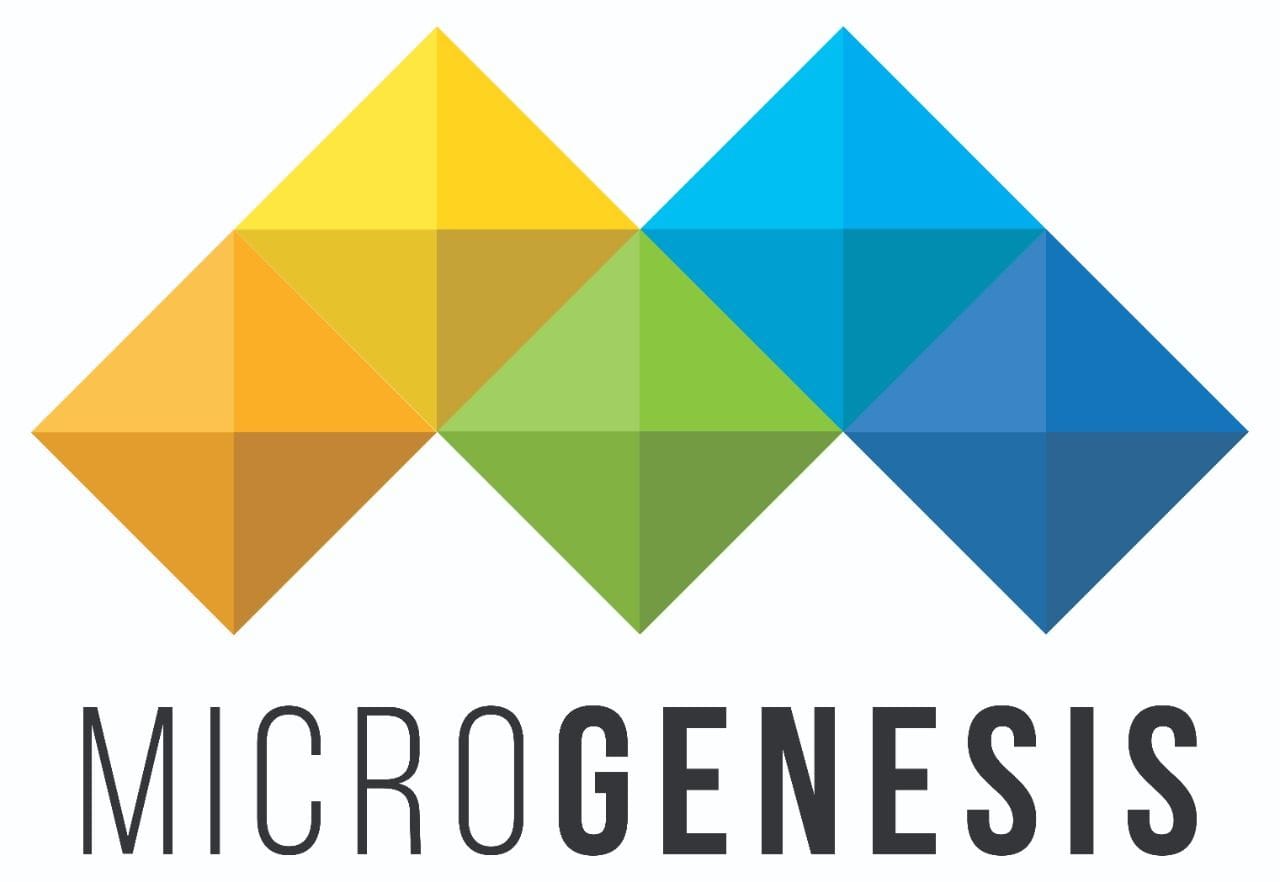As the automotive industry undergoes digital transformation, Artificial Intelligence (AI) is playing a pivotal role in redefining how vehicles are developed, tested, and maintained. Integrating AI into Application Lifecycle Management (ALM) processes empowers automotive companies to manage complexity, accelerate innovation, and ensure compliance across the product lifecycle.
Here are the most impactful use cases of AI in Automotive ALM:
1. Automated Requirements Analysis and Validation
What it does:
AI-powered natural language processing (NLP) helps teams automatically interpret, categorize, and validate requirement documents.
Benefits:
- Reduces manual review time
- Detects ambiguities and inconsistencies early
- Improves alignment between stakeholder needs and engineering execution
Example:
An OEM can feed AI models with system and component-level requirements from suppliers. The tool identifies unclear requirements, flags missing context, and suggests rewrites for better clarity and compliance.
2. Predictive Defect Detection in Early Design Phases
What it does:
AI models trained on historical defect data can predict potential issues before they manifest in hardware or software.
Benefits:
- Improves design quality
- Reduces costs of late-stage fixes
- Informs smarter design decisions
Example:
By analyzing patterns from past ECU (Electronic Control Unit) software bugs, the system warns engineers when new designs share similar traits that led to failures in earlier programs.
3. Automated Test Case Generation and Optimization
What it does:
AI can generate and prioritize test cases based on requirement coverage, historical failure rates, and system complexity.
Benefits:
- Saves test planning time
- Increases test coverage
- Optimizes resource allocation
Example:
An AI engine in the ALM system automatically suggests regression test sets focused on the most risk-prone components of an ADAS (Advanced Driver-Assistance Systems) module.
4. Intelligent Risk Management
What it does:
AI tools evaluate the risk associated with requirements, system components, or change requests based on historical and real-time data.
Benefits:
- Enables dynamic risk scoring
- Prioritizes critical areas
- Enhances compliance with safety standards like ISO 26262
Example:
As new code is introduced, AI flags it as high-risk if the corresponding function had multiple failure reports in prior versions or was tied to safety-critical functions.
5. Smart Change Impact Analysis
What it does:
AI assesses the ripple effect of changes made to requirements, designs, or test cases across the lifecycle.
Benefits:
- Reduces unintended consequences
- Speeds up impact assessments
- Ensures traceability integrity
Example:
When a braking system requirement is updated, AI maps all linked test cases, affected components, and compliance documents, suggesting necessary updates across the board.
6. Voice and Text Assistance for Engineers
What it does:
AI-powered virtual assistants help engineers interact with ALM systems using voice commands or chat interfaces.
Benefits:
- Reduces time spent navigating complex tools
- Boosts productivity in daily workflows
- Supports remote or field-based teams
Example:
An engineer asks a chatbot: “What are the open issues for the infotainment module in Release 3.2?” The assistant retrieves real-time data and displays it contextually.
7. Automated Compliance Monitoring
What it does:
AI continuously scans documentation and traceability artifacts to ensure they meet regulatory and quality guidelines.
Benefits:
- Minimizes audit preparation efforts
- Identifies non-compliant data early
- Maintains confidence with authorities and OEM partners
Example:
For automotive cybersecurity (UNECE R155), AI monitors whether all required documentation for TARA (Threat Analysis and Risk Assessment) is complete and correctly linked to system components.
8. Lifecycle Forecasting and Resource Planning
What it does:
AI uses historical project data to estimate future timelines, resource needs, and development bottlenecks.
Benefits:
- Improves project predictability
- Optimizes team workload
- Helps in budgeting and milestone planning
Example:
AI forecasts that upcoming integration testing will take longer due to similar complexity seen in previous models, prompting managers to reassign developers in advance.
9. Enhanced Supplier Collaboration
What it does:
AI ensures consistent and high-quality requirements handover and validation across supply chain partners.
Benefits:
- Reduces rework and delays
- Ensures consistent compliance
- Supports cross-border collaboration
Example:
A Tier 1 supplier uploads new component specifications. AI validates them against OEM requirements, flags inconsistencies, and auto-generates alignment reports.
Final Thoughts
AI in automotive ALM is no longer experimental—it’s a critical enabler for innovation, efficiency, and safety. From early requirements to post-release risk management, AI accelerates decision-making, automates routine work, and drives better outcomes across the entire lifecycle.
As the automotive industry shifts toward software-defined vehicles, AI-enhanced ALM will be essential to delivering safe, compliant, and cutting-edge mobility. Ready to transform your ALM strategy? Contact us to get started. solutions.

